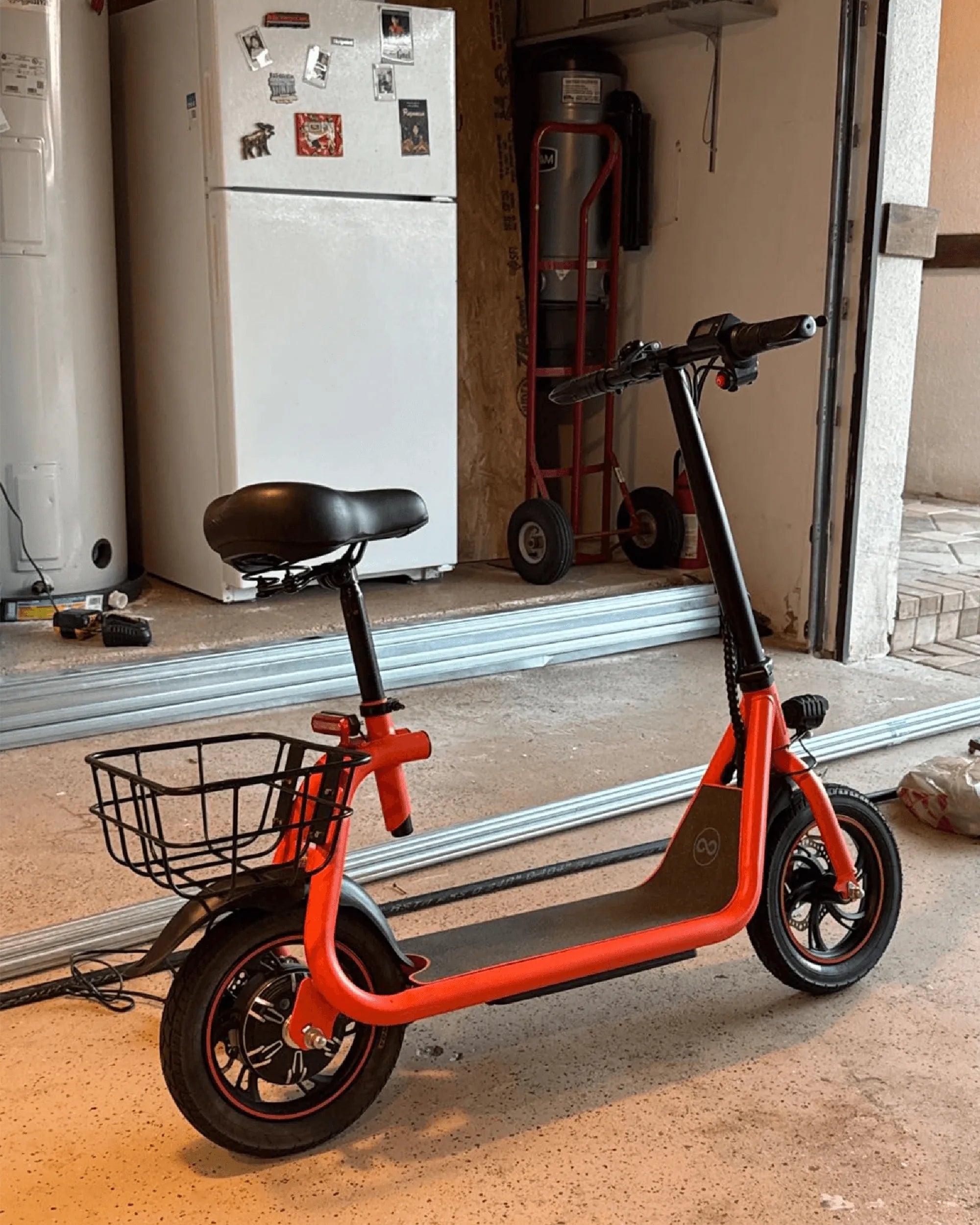The electric scooters market is revving up for a transformative decade, with 2025 set to be a landmark year. As cities become smarter and commuters seek greener alternatives, the latest statistics reveal a booming industry on the cusp of unprecedented growth. Whether you're an investor, policymaker, or simply curious about the future of urban mobility, these insights will electrify your understanding of what lies ahead.
The Current State of the Electric Scooters Market
According to recent market analyses, the global electric scooters market is projected to grow at a compound annual growth rate (CAGR) of over 8% between 2023 and 2025. This surge is fueled by several factors, including rising fuel costs, government incentives, and a growing emphasis on reducing carbon footprints. Urban areas, in particular, are witnessing a rapid adoption of electric scooters as a convenient last-mile transportation solution.
Key Drivers of Market Growth
The expansion of the electric scooters market is no accident. Several key drivers are propelling this growth:
- Urbanization: With more people moving to cities, congestion and pollution are pushing demand for efficient, compact mobility solutions.
- Sustainability Initiatives: Governments worldwide are implementing policies to promote electric vehicles (EVs), including subsidies and infrastructure development.
- Technological Advancements: Improved battery life, faster charging, and smart features like GPS and app integration are making electric scooters more appealing.
- Cost Efficiency: Electric scooters offer significant savings compared to traditional vehicles, both in terms of fuel and maintenance.
Regional Market Insights
The electric scooters market is not growing uniformly across the globe. Regional disparities highlight unique opportunities and challenges:
- Asia-Pacific: Dominates the market, accounting for over 60% of global sales, driven by high population density and supportive policies in countries like China and India.
- North America: Experiencing rapid growth, particularly in the U.S., where shared e-scooter services are gaining traction.
- Europe: Strict emission regulations and a strong focus on sustainability are accelerating adoption, especially in cities like Paris and Berlin.
Challenges Facing the Industry
Despite its promising outlook, the electric scooters market faces several hurdles:
- Regulatory Hurdles: Varying laws across regions can complicate market entry and operations.
- Safety Concerns: Accidents and injuries related to e-scooters have prompted calls for stricter safety standards.
- Infrastructure Gaps: Limited charging stations and parking spaces can hinder widespread adoption.
Future Projections and Innovations
By 2025, the electric scooters market is expected to witness several groundbreaking innovations:
- Autonomous Scooters: Self-balancing and AI-powered scooters could revolutionize urban mobility.
- Battery Breakthroughs: Solid-state batteries may offer longer ranges and faster charging times.
- Integration with Public Transport: Seamless connectivity between scooters and buses or trains could enhance commuter convenience.
The electric scooters market is not just a trend—it's a revolution in motion. With 2025 fast approaching, the industry's potential is limitless, offering a cleaner, smarter, and more efficient way to navigate our cities. Don't miss the ride; the future of mobility is here, and it's electric.

Share:
Good Electric Scooters for Kids: A Parent's Guide to Safe and Fun Rides
Electric Scooters for Adults Under $100: Affordable and Efficient Commuting Solutions